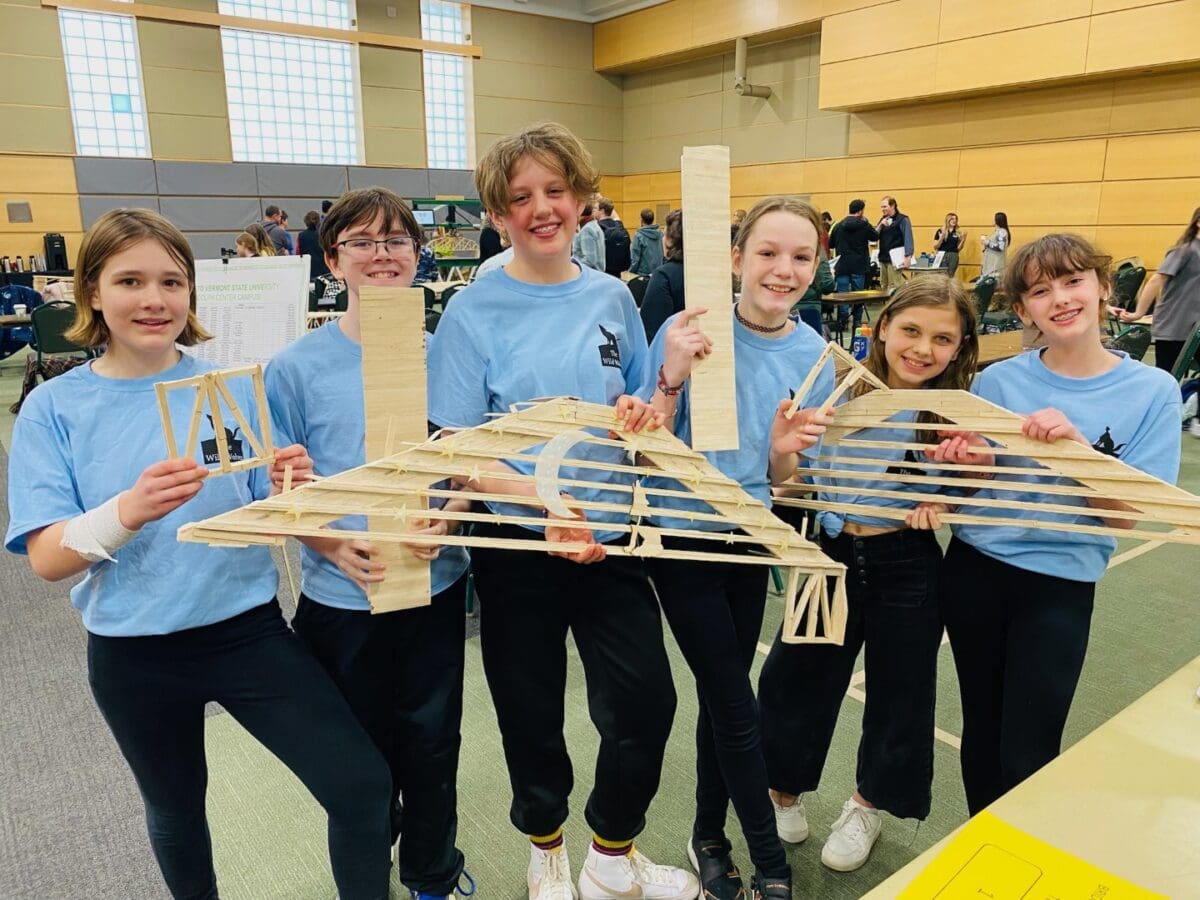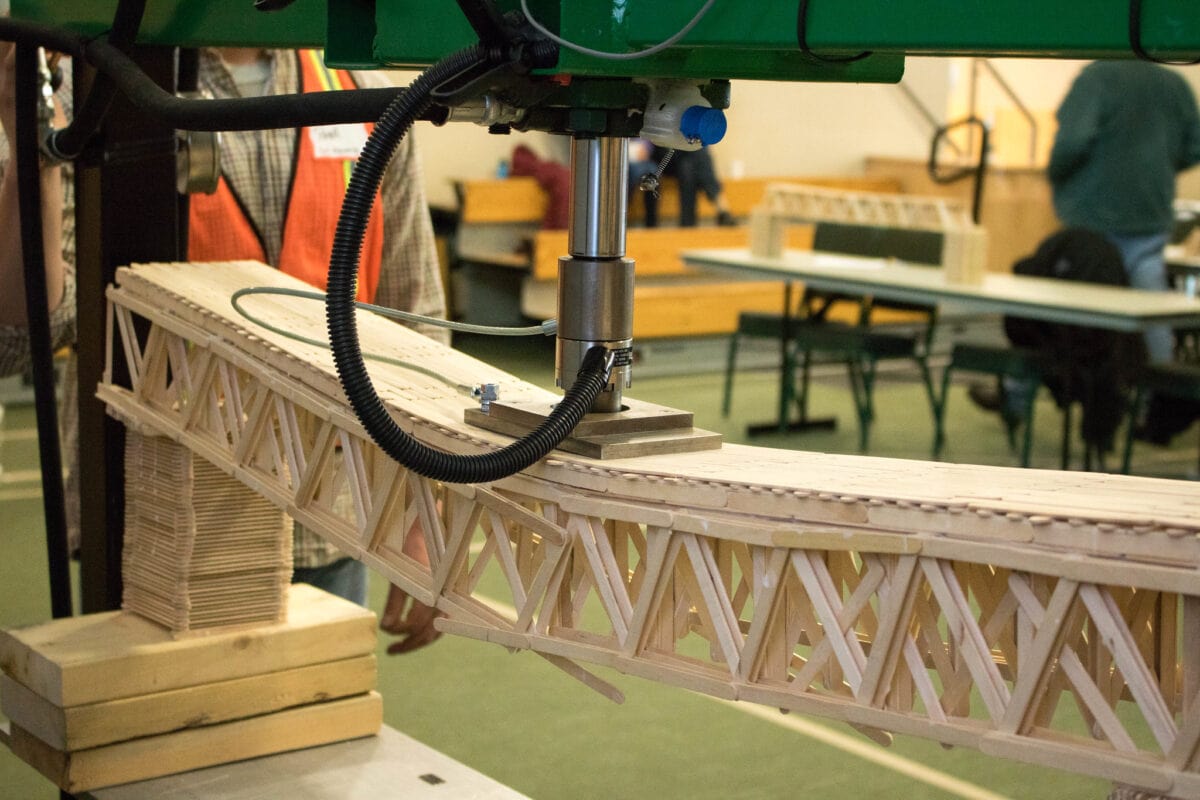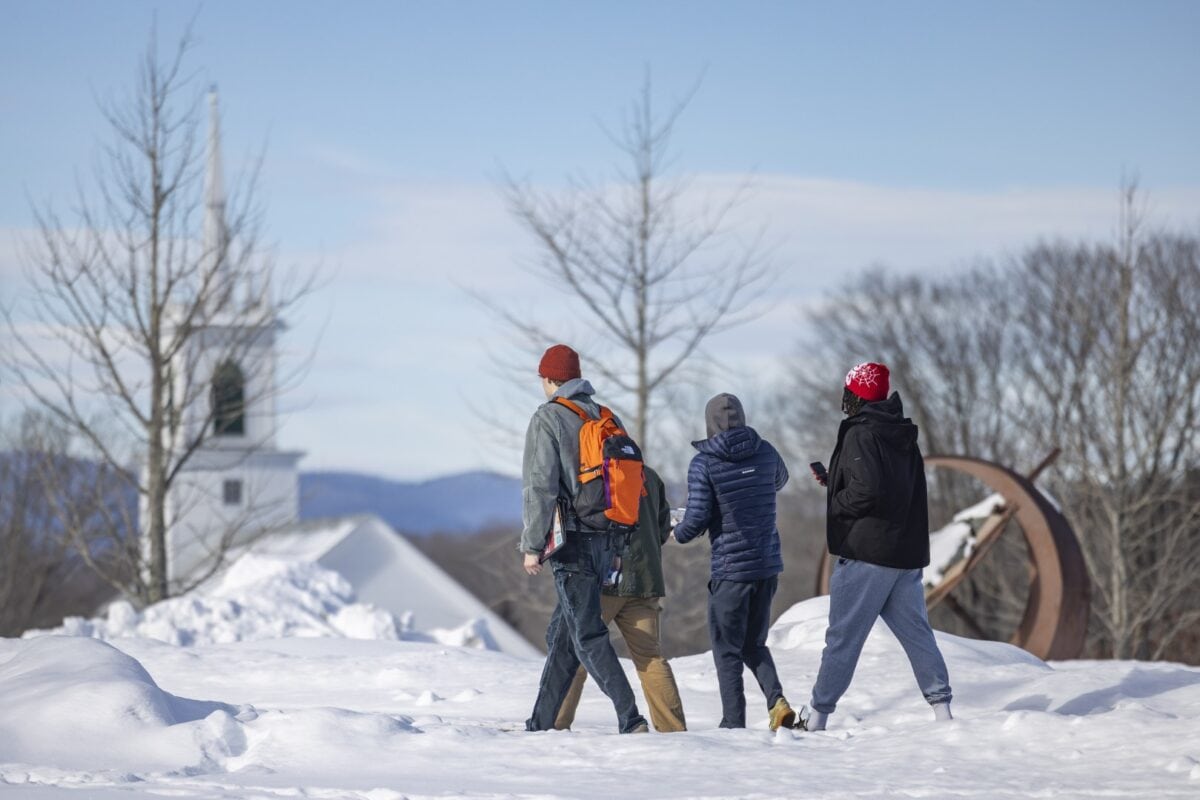Workforce Development in The Works at Vermont State University as Apprentice Programs Grow Significantly
More Vermonters take the opportunity to earn while they learn electrical, plumbing skills
Vermont State University (VTSU) reported a 13 percent increase in the number of students enrolled in its electrical and plumbing apprenticeship programs this year—up from 726 last year to 822. Efforts to grow the program come in response to acute workforce shortages in both sectors. Students in the programs work for local employers during the day and study a few nights a week, earning wages as they increase their skills.
“We are so happy to be growing because these programs are tightly aligned with the VTSU mission of preparing students for meaningful work, consistent with student aspirations and regional and state needs.” said Sarah Ballou, program manager for the VTSU apprenticeship programs. “We know that apprenticeships like these enable employers to develop and prepare their future workforces, while students can obtain paid work experience, classroom instruction and nationally recognized credentials. Plumbers and electricians are sorely needed, and they make solid wages,” she added.
Ballou said people of all ages take advantage of the VTSU program, noting that the oldest apprentice in this year’s cohort is 58.
“Students can start with the program in high school, through their tech centers,” she noted. “Our youngest apprentice this year is 17.”
Ballou said she is particularly proud that the program is attracting more women.
“The number of women in the program this year is more than 50 percent higher than last year,” she explained. “We hope that trend will continue.”
One employer who has fostered many apprentices is Pam Benoit of Benoit Electric.
“We use registered apprentices all the time,” she commented, noting that she works with VTSU and also directly through local high school tech centers. “The benefit to us is when they graduate, hopefully they will stay working for us.”
Benoit explained that apprentices work toward their licenses for four years—each of the first three years learning skills in a classroom or online setting and also gaining 2000 needed work hours. Benoit Electric covers the cost of classes for students. They buy their own books, but Benoit pays them back if they pass.
“The fourth year is hands-on only,” Benoit noted. “Before they can take their journeyman test for certification, they need 8,000 hands-on hours.”
She said she felt a lot of people don’t know about the program and other trade programs like them.
“For some students, they’re made to feel like college is their only next step after high school but there are other options if college isn’t the right fit,” Benoit states. “If students and parents are open-minded, an apprenticeship program can give a student a chance to see if they’ll like a trade. You can apprentice hands-on during day and take classes at night. There’s no out-of-pocket expense and you’re working at the same time. For people who just don’t know what they want to do, it’s a great option.”
One student started by going the college route and ended up as a Benoit apprentice. Dan Bartlett originally got an associate degree in electrical engineering from Vermont Technical College (now VTSU).
“When I was going through that program, I saw that it was mostly geared to computers and chips. I enjoyed it, but I didn’t like dealing with small circuits and teeny, tiny parts. Toward the end of my second year in electrical engineering, I didn’t really see myself in that career,” he said. “Right before I graduated, I began talking to some electrical contractors and became interested in this work. I knew, at that point, I would still have to do some apprenticeship hours. So, I changed direction a little bit. A lot [of knowledge he earned] transferred.”
Bartlett was able to test out of two years of electrical program coursework and jump into the third year of the electrical apprentice program. When asked what advice he would give a student considering options for after high school, Bartlett was clear.
“The one thing I always think about is that trades are very important, very needed. College isn’t for everybody; tech centers can be just as good. You can get a quality job with a quality salary without college and there’s no out-of-pocket expense.
“You’re in school, but at the same time, you’re coming to work five days a week, learning while you’re working,” he stressed. “Don’t rule out your options. Electrical work, plumbing, welding, nursing—these are all viable careers for which you can train while you work.”
The apprenticeship program continues to enroll students throughout the year. To learn more visit: https://vermontstate.edu/about/workforce-community-and-economic-development/ .









